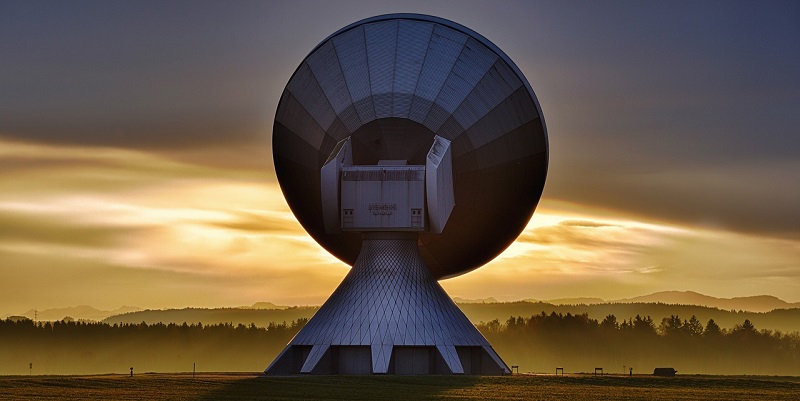The optical communication and networking equipment market is a dynamic and complex sector characterized by rapid technological advancements, evolving consumer demands, and stringent regulatory standards. In this article, we will explore the various aspects of this market, from the growing demand for high-speed internet and data services to the impact of advanced technologies like 5G, IoT, and AI. We will also delve into the challenges faced by companies, the strategies adopted, and the promising future of the market.
The Growing Demand for High-Speed Internet and Data Services
At the heart of the optical communication and networking equipment market lies the burgeoning demand for high-speed internet and data services. As consumers increasingly rely on digital platforms for their communication needs, the need for efficient and reliable networks becomes paramount. This growing demand has led to the development and deployment of innovative technologies.
The Impact of Advanced Technologies
The advent of cutting-edge technologies such as 5G, IoT, and AI has further fueled the demand for optical communication and networking equipment. 5G, with its faster speeds and lower latency, enables a seamless and immersive user experience. IoT, on the other hand, requires robust connectivity to support the massive volume of data generated by connected devices. Additionally, AI applications, such as machine learning algorithms, rely on high-speed and low-latency networks for real-time decision-making. The convergence of these technologies has necessitated the development of sophisticated optical communication and networking equipment.
The Challenge of High Deployment Costs
One of the major hurdles in the optical communication and networking equipment market is the high cost associated with the deployment of optical communication networks. The infrastructure required to support high-speed internet and data services, including fiber optic cables and transmission equipment, can be expensive. This cost often poses challenges for companies looking to expand their networks or enter new markets. However, advancements in technology and economies of scale are gradually reducing these deployment costs, making the market more accessible.
The Importance of Stringent Regulatory Standards
The optical communication and networking equipment market is subject to stringent regulatory standards aimed at ensuring the safety and reliability of communication networks. Governments and regulatory bodies set guidelines to safeguard against potential security threats and maintain network integrity. Adhering to these standards requires companies to invest in robust security measures and regularly update their equipment, ensuring the trust and confidence of consumers and strengthening the overall market ecosystem.
Strategies to Overcome Market Challenges
In response to the challenges faced in the optical communication and networking equipment market, companies are adopting various strategies. These include partnerships and collaborations to leverage complementary expertise, acquisitions to enhance product portfolios, and investments in research and development to drive innovation. Additionally, companies are exploring alternative deployment models, such as shared infrastructure, to reduce costs and increase network coverage.
The Increasing Focus on Sustainability
Simultaneously, there is a growing focus on sustainability in the optical communication and networking equipment market. Companies are actively pursuing environmentally friendly practices, such as energy-efficient equipment and recycling initiatives. This sustainability drive not only aligns with global environmental goals but also creates opportunities for cost savings and enhances brand reputation.
Intense Competition and Continuous Innovation
The North American optical communication and networking equipment market is marked by intense competition among major players. With companies vying for a share of the pie, the market witnesses aggressive marketing strategies and continuous product innovation. This competition drives advancements in technology, promotes affordability, and ensures a diverse range of solutions for consumers.
The Promising Future of the Market
The future of the optical communication and networking equipment market looks promising indeed. With technological advancements continuing at a rapid pace and the insatiable demand for high-speed data, the market is expected to witness sustained growth. As companies successfully navigate the complexities of the market, they will not only meet consumer demands but also contribute to the development of a fully connected and digitally empowered world.
In conclusion, the optical communication and networking equipment market is a complex and evolving sector driven by the demand for high-speed internet and data services. The market faces challenges such as high deployment costs and stringent regulatory standards. However, companies are adopting strategies, focusing on sustainability, and engaging in intense competition to overcome these challenges. With relentless technological advancements and an ever-increasing demand for data, the future of this market is bright and promising.

